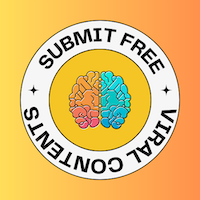As life science organizations implement more artificial intelligence and machine learning in their R&D processes, they rely on the services of expert readers to label and annotate their medical imaging assets for downstream analysis. But administering reader workflows — assigning images to readers, adjudicating the resulting data and keeping this work efficient and compliant — is no simple feat, particularly at the scale necessary for machine learning. To perform these studies at scale, researchers should be able to design their own custom workflows without coding knowledge and with the confidence they are staying in compliance. Readers would be guided through their labeling workflow inside the viewer in a way that is intuitive and instructional while also providing beneficial data quality validation steps. Once reader data is collected, research teams then need additional tools to assist in adjudication, data standardization and subsequent research workflows. Join Flywheel’s experts for a look at the state of reader workflows in medical imaging and how annotation and labeling can work at scale in leading life sciences and clinical organizations — what is required to make this work efficient, and what research breakthroughs can it enable?
Advertisements









 Speakers
Speakers  Call for Papers
Call for Papers  Event Schedule
Event Schedule  Go to Event Website
Go to Event Website 


